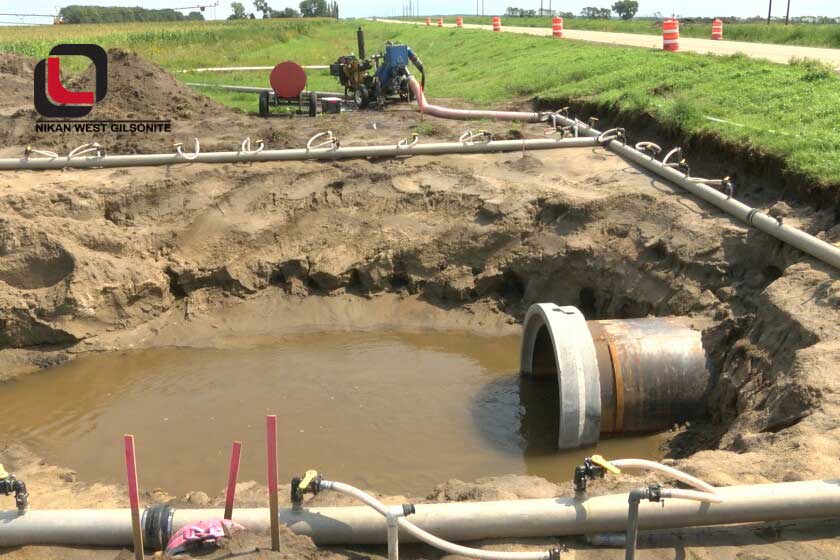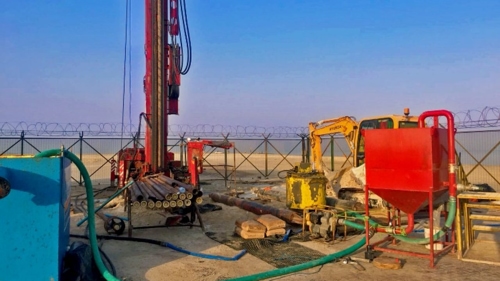Drilling mud drainage definition it’s wasted; and it creates a various problems. In this article from Nikan west website, the gilsonite producer in Iran, we will investigate this concept, its types and causes.
What is the meaning of drilling mud drainage?
Drilling mud drainage means wasting it during the drilling process. Drilling mud is a material that simplifies the process of digging a well and allows waste to be drained from the well.
Drilling fluids has a wide variety of properties due to their different properties. That is most commonly used in the oil, gas industry and for deep wells.
Typically during drilling mud drainage, this material penetrates into the cavities within the formation and causing problems. This problem occurs especially in the oil and gas industry and in the early stages of well drilling. The deeper the well, the more complicated the drilling will be, and the more important the drilling mud will be.
Decreasing drilling mud drainage is important for a variety of reasons; and many large oil companies around the world try huge sums each year to find better solutions. In recent years, the use of nanoparticles to control the properties and features of drilling fluids has made many improvements in this field.

what are the Drainage problems ?
Drainage creates different problems. Wells, pipe blockages, loss of high volume of drilling mud, formation damage are among problems that can be occurred in wells associated with the oil and gas industry and cause many losses.
Fluid discharge can be formed due to the pressure difference between the mud and the formation and thus cause the pipes to get stuck in the well. This problem needs to be solved with a costly operation called balancing. Fluid depletion can also cause fine particles to flow into the pores of the formation.
This also reduces the permeability of the well wall and increases the likelihood of damage. Drilling mud can also cause various chemical reactions and, with the formation of sediment, can cause various problems for the well.
Read more: Investigation of types of drilling mud and their properties
All kinds of drilling drainage
Fluid discharge is divided into four general categories according to its severity. Less than 10 bbl / hr is called leakage. If this number is between 10 and 100, it will be called a short run. If this number is between 100 and 500, it is called complete zero. Ultimately, drives over 500 bbl / hr are called drilling mud drainage
Drainage also has different models depending on the type, intensity and location. For this reason, knowing the type and location of drainage can be very effective in choosing the right method for controlling it. Information related to the occurrence of drainage is obtained by examining the information of adjacent wells, changes in formation and various mapping methods.
Of course, like all other industries, maintenance and repair principles are also used to control the damage. That is, there are systematic methods for systematically controlling the existence of pollution and preventing its development, which should be applied in the process of digging deep wells.
Why does this problem occur and how it can be controlled?
There are many reasons for this to happen. Lithology and the drilling structure formation include drilling process variables such as pressure and pumping rate and drilling mud characteristics. Of course, in spite of what is said, in many cases the causes of the damage are unknown and difficult to control.
In any case, we normally control drainage by changing the mud’s properties. Controlling mud weight, its concentration, its chemical properties and other properties can be the most important controllable factor in this field.


